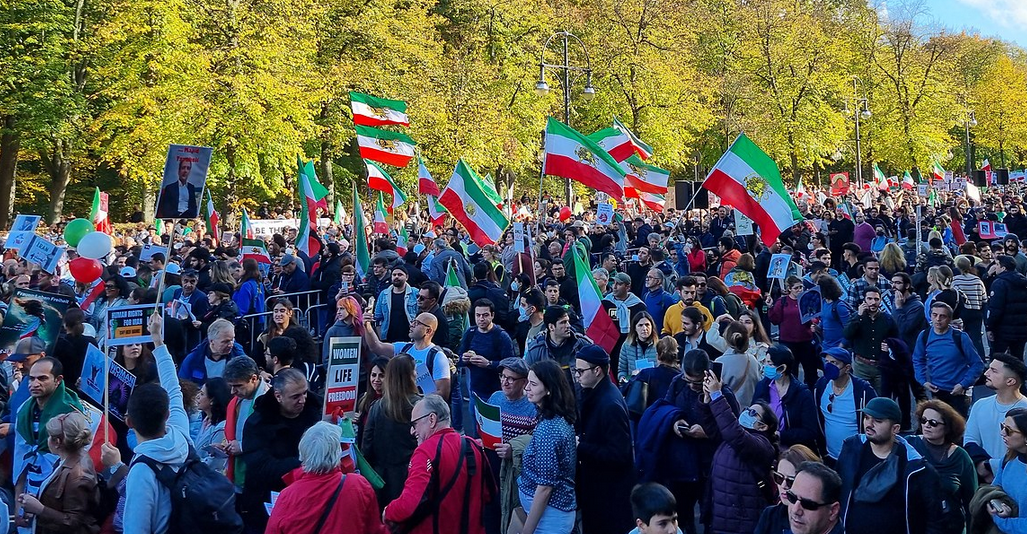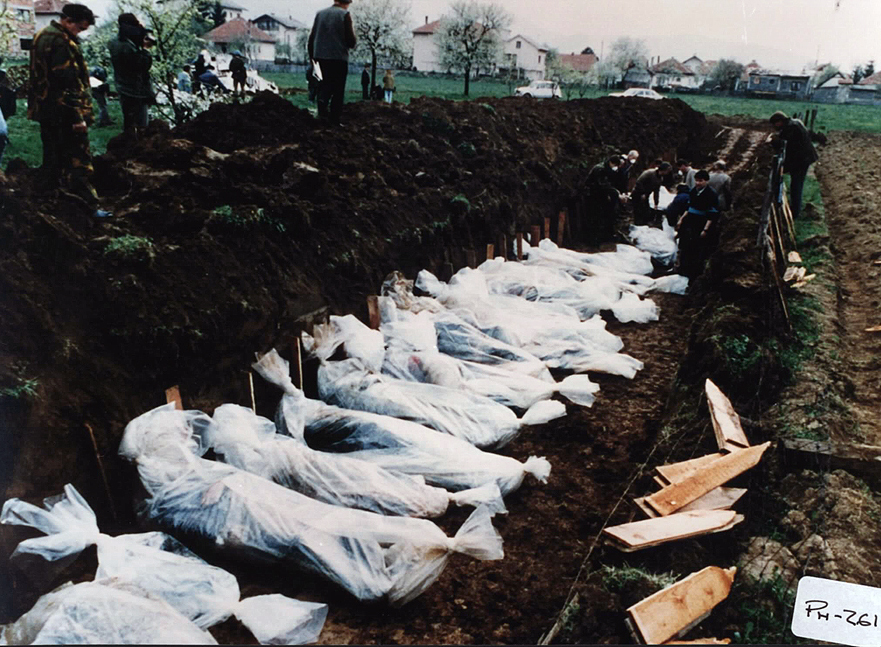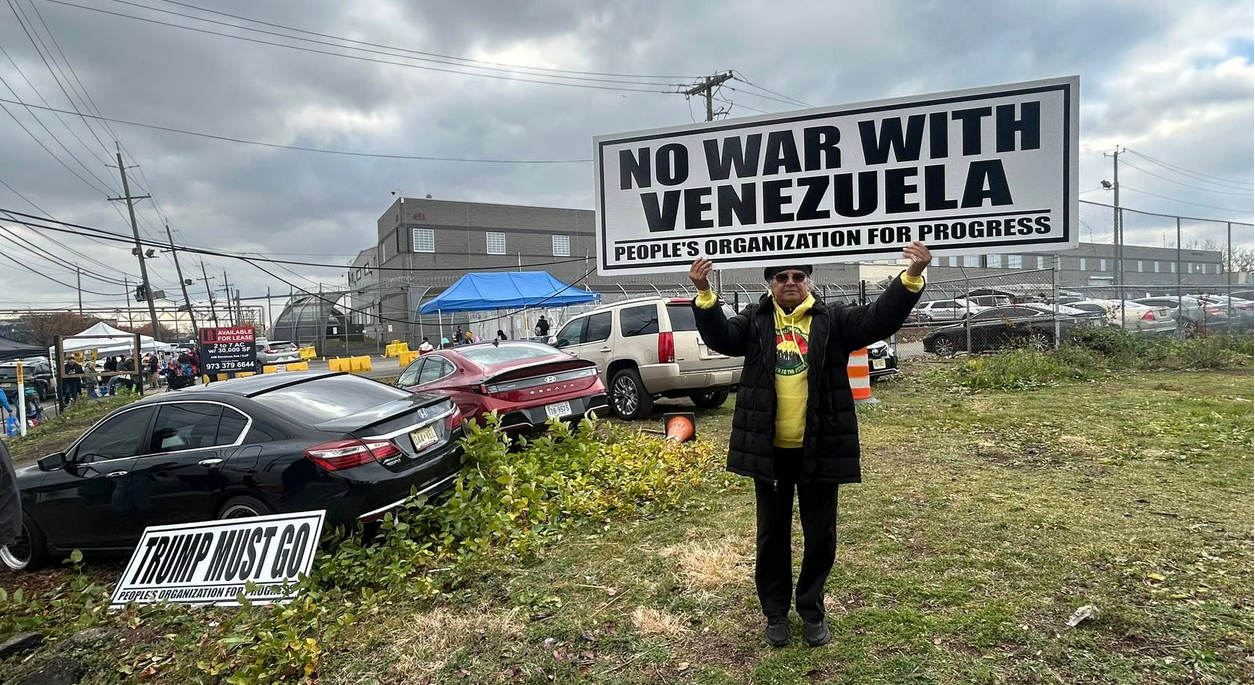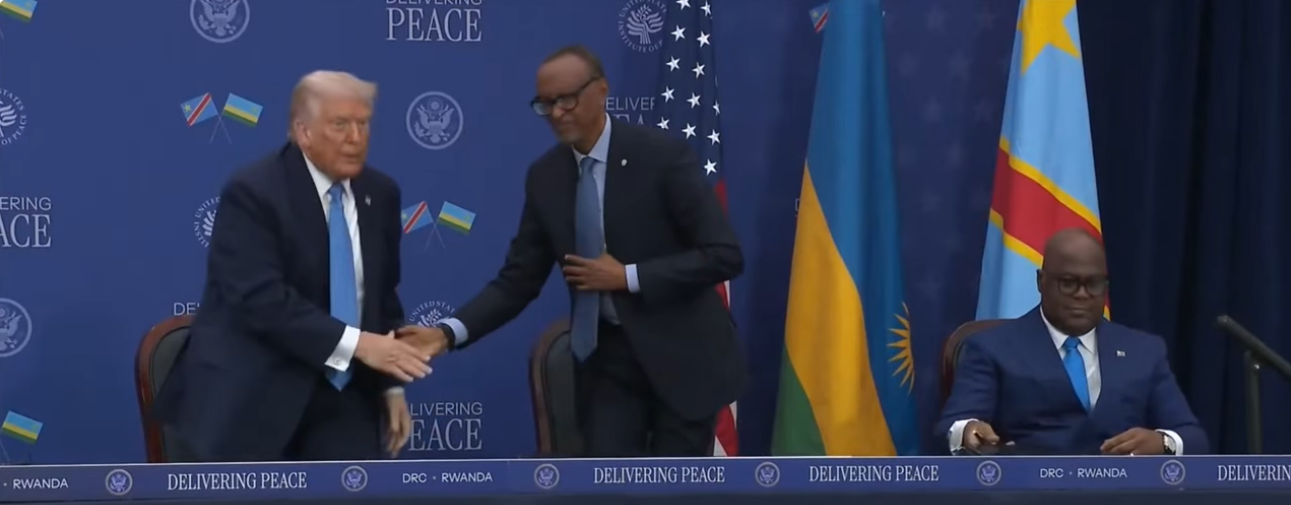Photo: Wikimedia Commons
February 11th marked 44 years since the 1979 nonviolent movement in Iran. Yes, the nonviolent movement, which revolted against the monarchy leader Mohammad Reza Shah Pahlavi. Also known as the Shah.
As one participant noted, “I was part of the revolution and it was violent, but all the violence was on one side, the Shah’s. But then many of us were disappointed in the failure to go back to democracy after the revolution and we left our country.”
Since the US was the most significant actor in deposing the democratically elected Mohammad Mossadegh in 1953, and then installing Shah, Iranians knew he was a “puppet of the non-Muslim West.”
While few Americans know or remember that our country ended democracy and installed a dictatorship in Iran, virtually no Iranians have forgotten. If anything, that is the sad strength of the theocracy–they blame all Iranian problems on “The Great Satan” (the US).
Shah was a tyrant who ruled Iran with an iron fist from 1953-1979 and was highly unpopular. Religious leader Ayatollah Ruhollah Khomeini viewed Shah and his actions as an “attack on Islam.” By the early 1960s Khomeini’s religious calls against Shah precipitated riots, Khomeini was arrested, tried, imprisoned for a year, and in 1964 forcibly exiled. While exiled in Iraq, he developed his ideas of velāyat-e faqīh (“guardianship of the jurist”) that would lay the foundations of an Islamic republic in Iran.
The nonviolent movement began in late 1977. By that time, Khomeini’s supporters rose up in resistance to Shah. These anti-government, revolutionary protests continued into 1978 with mass mobilizations.
A turning point in the nonviolent protests happened in late summer 1978 when the security forces fired live rounds on the protesters in Qom, Iran, killing several people. Rumors spread that hundreds of people had been killed. This triggered demonstrations all over Iran. As customary in Shia Islam, the deaths in Qom were commemorated on the 40th day of mourning. This religious custom was transformed into a revolutionary tool of mass mobilization.
By the fall of 1978, millions had joined the revolution. The goal was to immobilize every aspect of society and pressure Shah to step down. This was successful as the protests and strikes grew to mass numbers, too many for Shah and his security forces to handle. Students, workers, professionals, liberals, intensely religious people, business owners, and anyone who oppose Shah protested in mass amounts with signs such as “Shah must stand trial for his massacres.” Shah’s security forces violently broke up the protests. The people of Iran continued to protest the government for months.
In January 1979, Shah fled Iran to the US. Khomeini returned in early February and took control of the government. What arose out of the nonviolent revolution was the hardline Islamic Republic. A theocracy. Soon after Ayatollah Khomeini came to power, leftists, liberals, nationalists, ethnic minorities, and dissidents of the Islamists were targeted, and thousands killed. Many who had been active in overthrowing Shah then fled Iran, not wishing to live in a harsh theocracy.
With the rise of the Islamic Republic, the culture of Iran shifted, and with that, the rights of women were restricted drastically. The Islamic Republic ruled Iran with extremism, from mandatory hijab for women to other measures enforced by the “Morality Police.”
Today, there is another movement in Iran. A movement sparked by the death of Mahsa “Jina” Amini this past September. The slogan of this movement is “Jin, Jiyan, Azadi,” which translates to “Women, Life, Freedom.”
They are fighting for, among other things, the right of choice on whether to wear a hijab, or not. We should, of course, keep in mind that this movement is not by any means anti-Muslim. The goal of the movement is choice and freedom in Iran.
May nonviolence prevail once again, but this time bring many more freedoms to all Iranians, Shia, Sunni, men, and women.
Haley Morrow is a Conflict Resolution masters candidate at Portland State University and PeaceVoice Associate Editor.
Tom H. Hastings is Founding Director of PeaceVoice.






